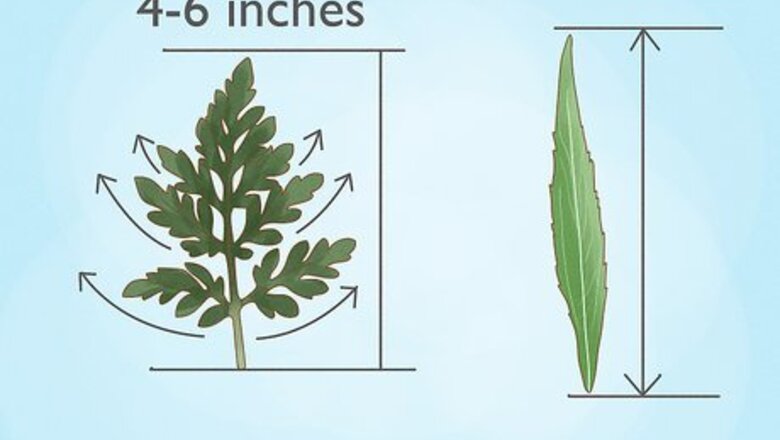
views
- Though many people confuse ragweed and goldenrod during allergy season, it's ragweed's pollen that's giving you the sniffles, not goldenrod.
- To spot the difference between ragweed and goldenrod, look at their branches and leaves. Ragweed has smaller leaves and more branches than its lookalike.
- Reduce your allergies this season by using the AC regularly and keeping a dehumidifier running in your home.
Telling Ragweed and Goldenrod Apart
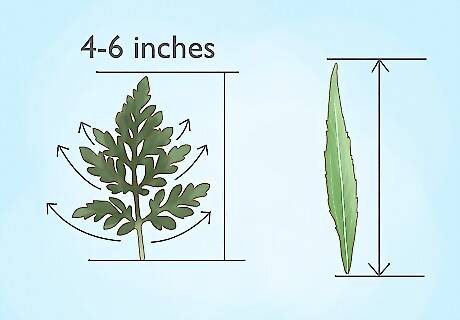
Goldenrod’s leaves are long while ragweed’s are small. Goldenrod’s leaves are lengthy, tapered, and visible as they protrude off the stem. Ragweed’s leaves, on the other hand, are thin and fern-like (usually about 4-6 inches in size), and lobe (divide and point) in a way that goldenrod’s leaves don’t.

Ragweed has more branches. Goldenrod has one long, erect stem with a few branches near the top. Ragweed has several branches that begin at the base of its stem, which can be erect, curved, or barely off-the-ground.
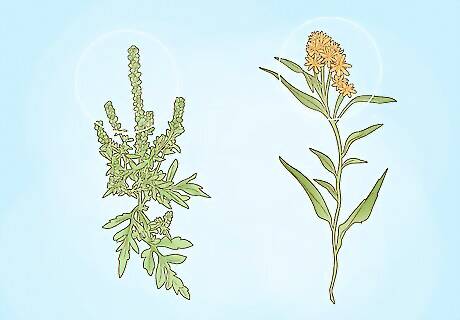
Goldenrod’s flowers are thick and visible while ragweed’s are hard to see. Ragweed’s flowers are dull, green and almost indistinguishable while goldenrod’s flowers are vivid and yellow. These vivacious blooms make them more attractive to insects to help with their pollination process.
Which plant causes allergies?
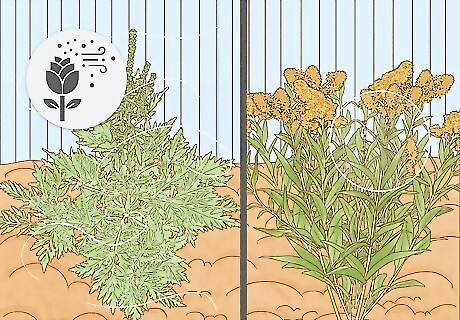
Ragweed triggers allergies because of the way it transfers pollen. Since ragweed does not contain nectar, it pollinates thanks to the wind. The wind blows its teeny tiny pollen grains and sends all of it airborne. Goldenrod, on the other hand, pollinates thanks to other creatures; insects drink its juicy nectar instead of the wind transferring it anywhere. Since lots of people’s allergies are triggered by pollen, this increase of ragweed’s pollen in the air causes coughs, sneezes and runny noses. Even if goldenrod’s pollen was transferred by wind, it’s far too heavy to spread like ragweed pollen does. Ragweed triggers hay fever and worsens the symptoms of asthma in over 20 million Americans every year.
Why do people get them confused?
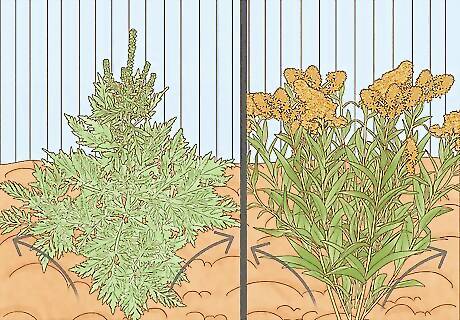
Both plants bloom at the same time of year. Both ragweed and goldenrod bloom between July and October, making them highly common flowers during hay fever season. This likely explains why people blame their allergies on both of them.
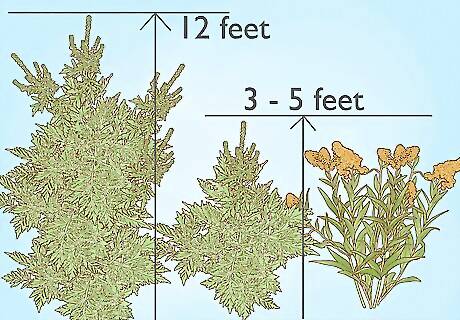
Both plants are roughly the same size. Even though giant ragweed can grow up to 12 feet tall, regular ragweed and goldenrod flowers reach about the same height when they’re in full bloom. Between 3 and 5 feet tall each, it can be difficult to tell the difference between the two from a size perspective.

Both plants grow in the same areas. Goldenrod and ragweed often grow in the same areas. Both plants can be found in open meadows, prairies, near the cusps of wooded areas, and at the bottom of ditches.
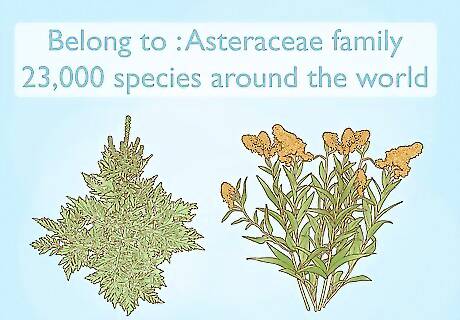
Both plants are parts of the asteraceae family. While there are stark contrasts between ragweed and goldenrod, both plants are part of the Asteraceae family. Asteraceae is one of the largest floral families with over 23,000 species around the world, including dandelions and camomile. Despite the asteraceae family’s incredibly diverse population, however, people still associate goldenrod and ragweed as one.
Ragweed and Goldenrod’s Different Growth Patterns
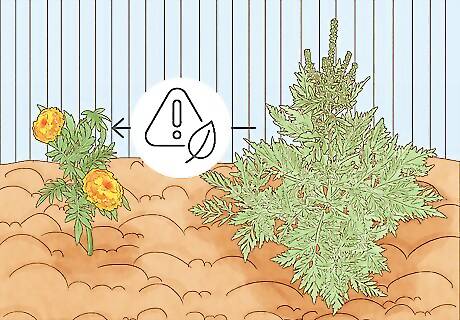
Ragweed is an invasive species while goldenrod isn’t. Because of its large and fast production of allergenic pollen, ragweed is classified as an invasive plant, meaning its presence can be detrimental to the health of more beneficial flowers. Luckily, ragweed’s roots are not very deep, meaning that it can easily be weeded out before it gets the chance to pollinate and cause further problems.
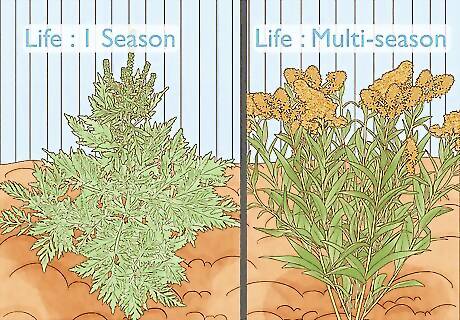
Goldenrod is long-lasting while ragweed isn’t. Goldenrod is an herb-like flower that survives multiple years and contributes to its ecosystems for long periods of time. Ragweed, on the other hand, doesn’t live very long. It has a short life cycle that won’t extend past one season.
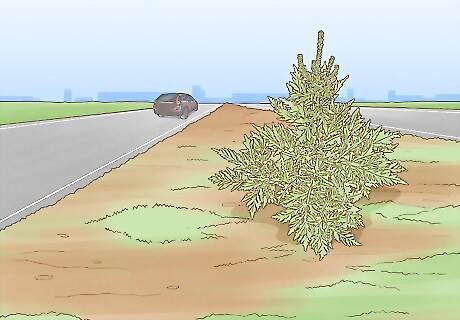
Ragweed can populate in areas with less growth. Because ragweed transfers pollen far distances via the wind, it doesn’t need to be near areas with other plants or insects looking for pollen. If you see a lone plant growing under highways or by underpasses, chances are it’s ragweed.
Lowering Allergy Risks

Keep your air clean and dry during pollen season. About 20 percent of Americans have pollen allergies, so improving the quality of your indoor air when there’s lots of pollen outdoors is key. Turn on the AC in your house and car, keep windows closed, use a dehumidifier, and regularly clean your floors with a HEPA (high-efficiency particulate air) vacuum.

Stay inside when pollen is bad. If possible, stay inside during peak pollen hours (about 10AM-4PM) or on particularly dry and windy days. If you must go outside during these times, wearing a mask or taking anti-allergy medications beforehand can help.

Wash and remove pollen-attracting materials. Pollen particles are likely to settle onto your bed, clothes, and shoes. Remove your outer layers and shoes when you come indoors and take a shower. You should also consider washing your sheets at least once a week to ensure they’re free of pollen.



















Comments
0 comment